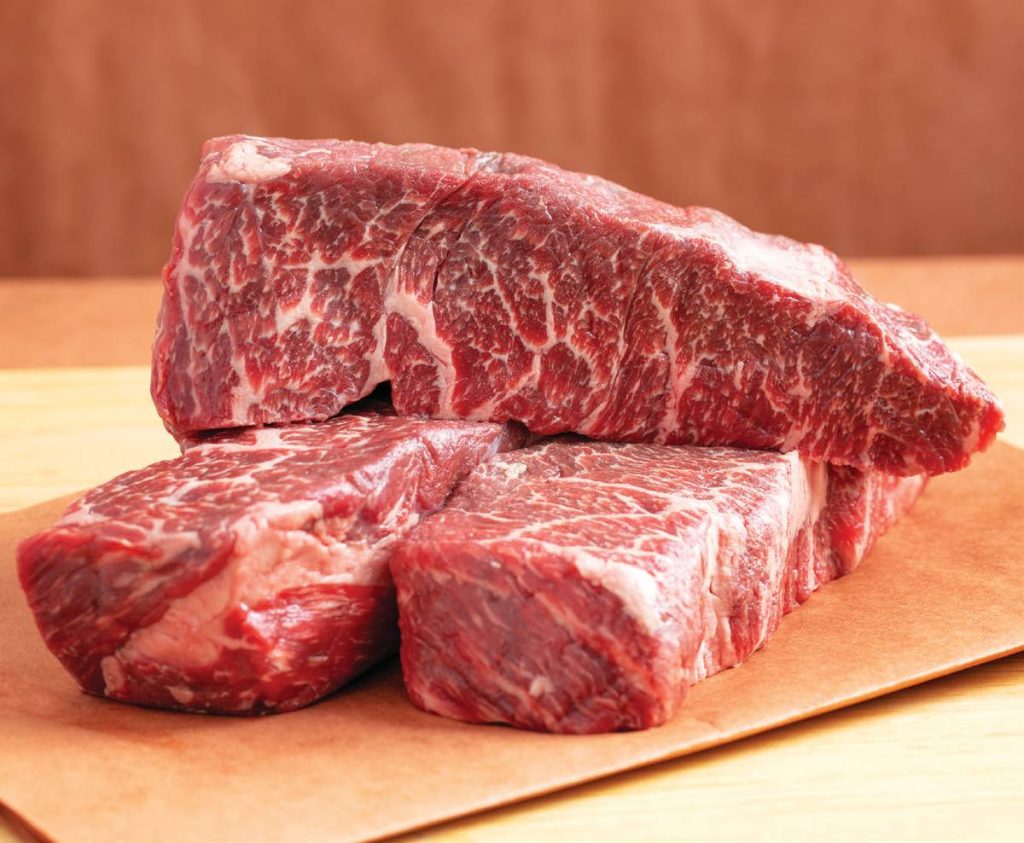In today’s food industry, consumers are bombarded with labels promising various health benefits, ethical sourcing, and environmental friendliness. Among these labels, organic, free-range, and grass-fed have gained popularity as markers of higher quality and more ethical meat products. However, recent investigations have shed light on a disturbing truth: many of these labels may not accurately reflect the reality of how the meat was produced. One of the most misleading labels is grass-fed. While this term conjures images of cattle grazing peacefully on open pastures, the reality is often far from idyllic. In some cases, cattle may spend only a portion of their lives on pasture before being moved to feedlots and fed grain to fatten them up before slaughter. This practice undermines the health benefits associated with grass-fed meat and misleads consumers who are trying to make more sustainable and ethical choices.

Similarly, the label free-range implies that animals have access to outdoor spaces and can engage in natural behaviors. However, the requirements for a product to bear this label are often vague and poorly enforced. In some cases, free-range chickens may have access to outdoor areas that are little more than concrete pens, hardly resembling the open pastures consumers envision. This deceptive labeling not only misleads consumers but also fails to provide the welfare benefits that true free-range farming should offer to animals. The label organic is another area of concern. While organic farming practices prioritize environmental sustainability and animal welfare, the term does not necessarily guarantee that animals are raised in ideal conditions. For example, organic standards may still allow for crowded living conditions or routine antibiotic use, practices that contradict the principles of organic farming and may compromise animal welfare. Moreover, the labeling of meat products as local or sustainable can also be misleading.
Without clear definitions or standards for these terms, they can be used loosely to appeal to consumers’ desire for ethically produced food without any meaningful oversight. So, what can consumers do to navigate this landscape of deceptive meat labeling? Firstly, it is essential to educate oneself about the various labels and what they truly signify. Understanding the differences between terms like grass-fed and grass-finished, or free-range and pasture-raised, can help consumers make more informed choices. Secondly, consumers should seek out trusted sources of information, such as certified organic farms or reputable local producers who are transparent about their farming practices. Building relationships with farmers and asking questions about how animals are raised can help consumers ensure that their meat purchases align with their values. Lastly, advocating for clearer labeling standards and stronger enforcement of existing regulations can help prevent deceptive practices in the Anya Fernald meat industry. By holding companies accountable for misleading labeling practices, consumers can help create a more transparent and ethical food system for all.